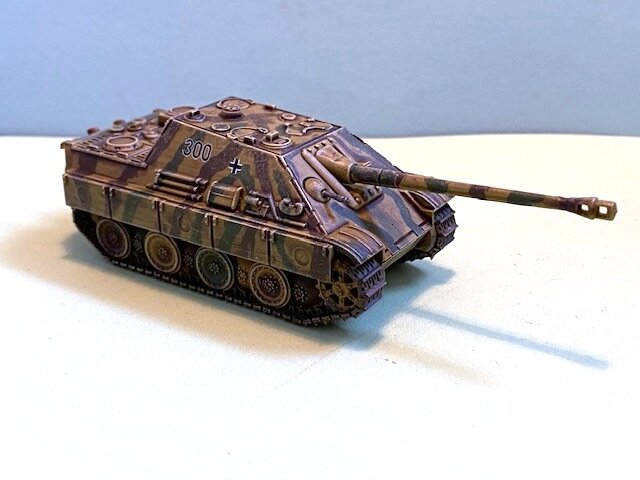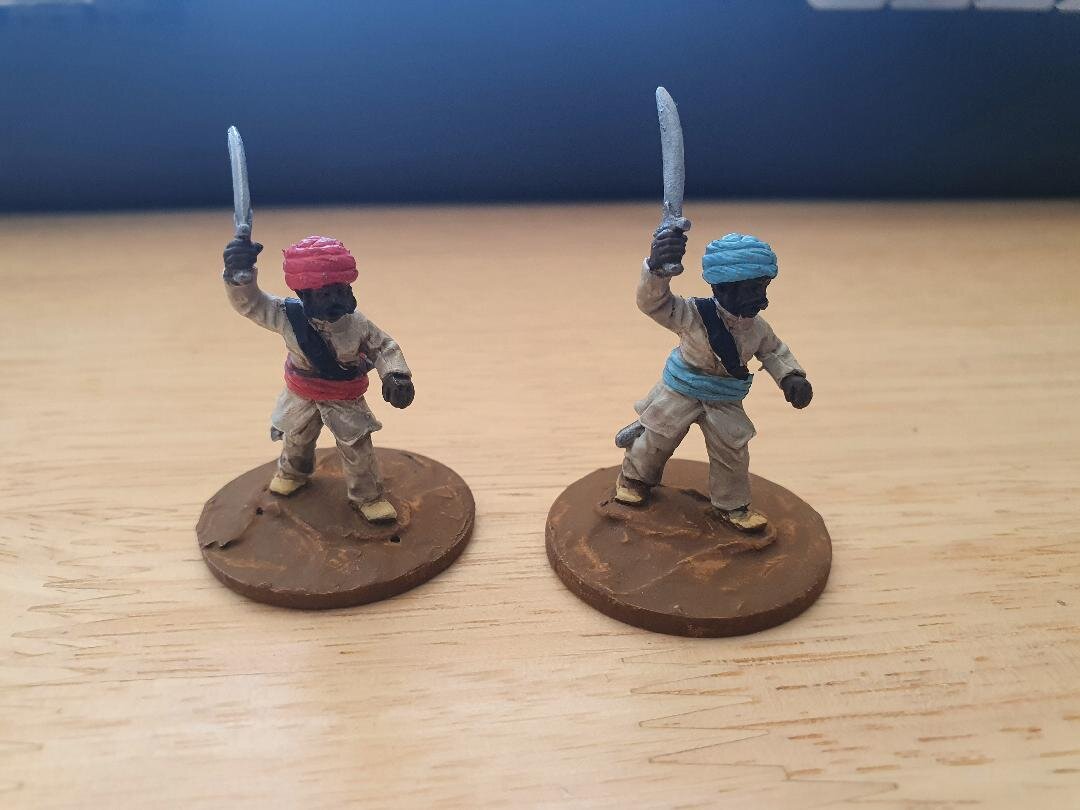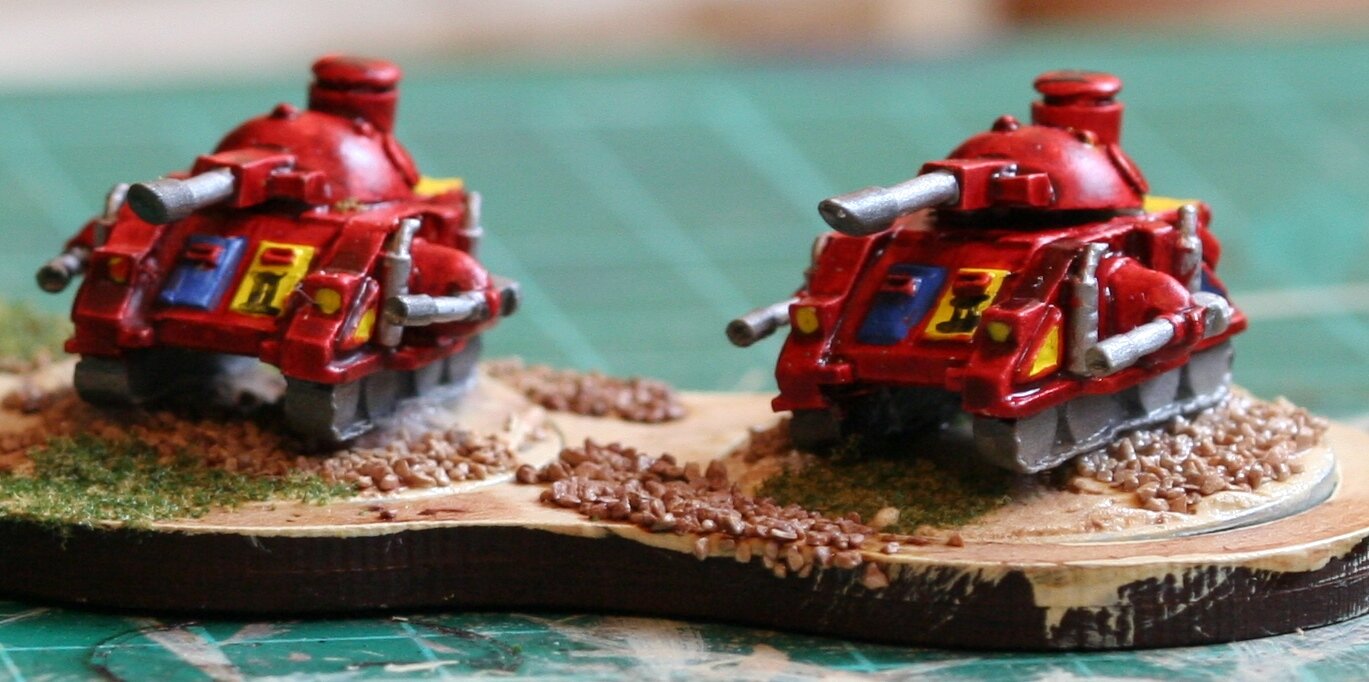The good news about lockdown easing is that our local bookshop has re-opened. Yes, I know that you can buy any book you want online, and probably cheaper, but there is nothing better than a good browse amongst real books on real shelves.
I popped in last week for nothing more than a quick browse and, whilst idly wandering around, noticed the book Crusaders by Dan Jones. As I’m thinking about adding a Crusader army to my TTS collection, I thought I’d buy it and give it a try. It’s been a long time since I studied anything to do with the Crusades, and even then it was a very cursory affair.
This book is excellent. Firstly, it’s written in a very accessible way. The action (the 1060’s through to the end of the 15th century) is detailed chronologically, with each set of Crusades detailed one by one. Everything is explained very clearly, so you quickly absorb the main timeline: 1st Crusade, huge success; 2nd Crusade, huge failure; 3rd Crusade, the one with Richard 1st etc.
On top of that basic information, the book is full of the sort of detail and quotes that brings the story to life: The twelfth Fatimid caliph of Egypt, al-Zafir, was murdered by his lover in a house near the sword-makers market in Cairo when he was twenty-five years old.”
Finally, I also liked the way it is written. When you start a chapter with the line When Najm al-Din Ilghazi ibn Artuq, co-ruler of Jerusalem, was sober he was a force to be reckoned with you really have to read on to find out what he was like when he was drunk! There are also plenty of maps, and some good lists in the appendices that allow you to easily check who a historical personage is in the unlikely event that you get a bit lost.
As a paperback, the book is about an inch and half thick: I read it in under a week.
Highly recommended.



















































































